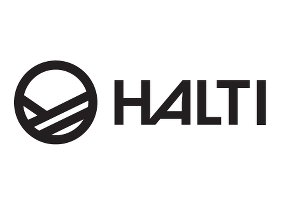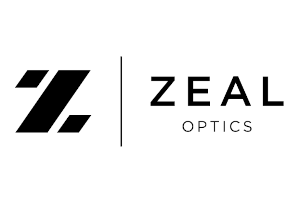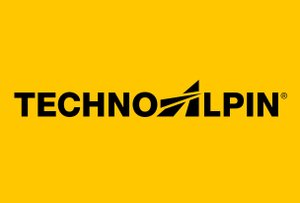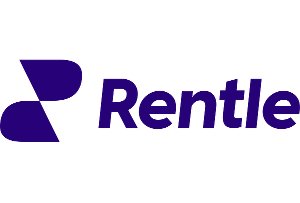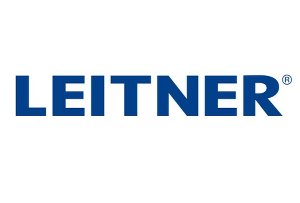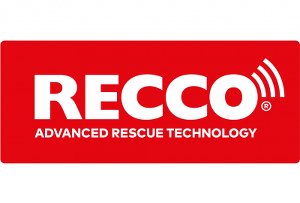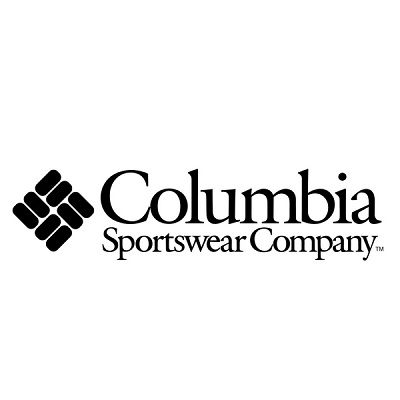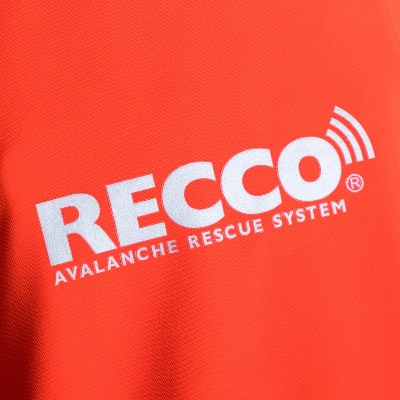World-First Innovation In Snowsports AI Technology Launched At SNØ Oslo
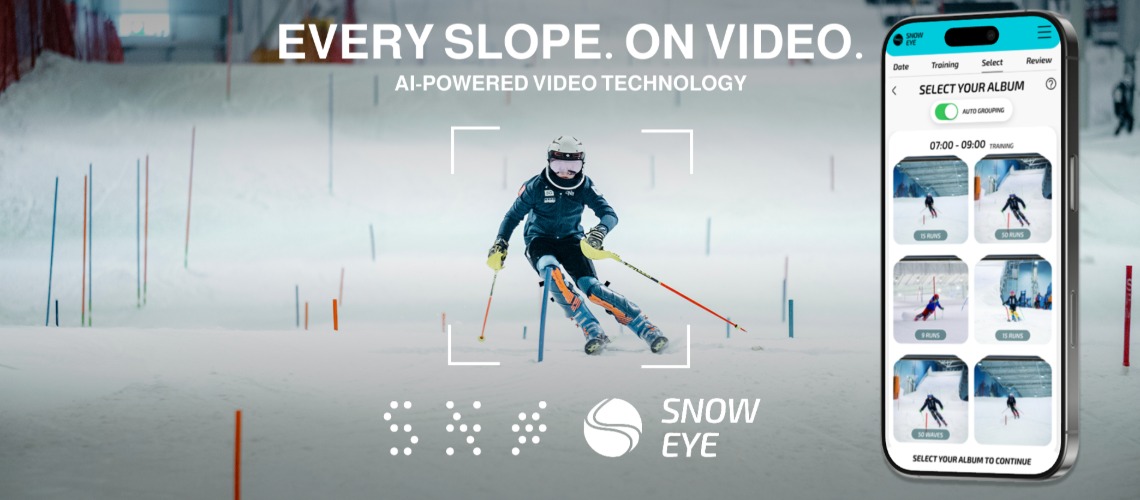
For alpine skiers, even a small improvement in technique can mean the hundredths of a second needed to win. Until now, one or more coaches were needed to film a training session, and then analyze it for improvements. Now, for the first time in the world, a Portuguese tech company has installed new technology in the indoor ski hall SNØ, just outside Oslo. Using artificial intelligence, the system films four lanes simultaneously. “I wasn’t aware the technology had come this far,” says Norway’s Olympic hopeful Thea Louise Stjernesund.
Until now, the Portuguese company Surf Eye specialized in filming surfers, and has already installed numerous AI-powered cameras in many of the best wave pools in Europe, the U.S., and South America. Surfers use the footage to study their technique and improve. Now, the company is entering the alpine skiing market with its new brand Snow Eye. At SNØ, the solution is already in use after extensive testing of the technology.
“It’s a very exciting product. We’ll probably continue training in much the same way, but this gives us new camera angles and frees up the coaches. That allows us to focus on communication with the athletes and on working more with the courses. It definitely has great value—at least as good as the cameras we’ve been using ourselves. The video system is also excellent. This is very interesting, and it will be exciting to see how it develops,” says Kai Grønningsæter, national team coach for the Norwegian women’s technical squad.
At SNØ, two 6K cameras are now mounted on the ceiling, positioned along the slope. They remain fixed and film four lanes simultaneously. The AI technology recognizes skiers based on their clothing and style. The result is individual videos where it looks like the camera followed each skier the entire way.
Thea Louise Stjernesund, who already has several World Championship medals, has tested the system “I really feel the further development and how technology is infiltrating this traditional sport. I wasn’t aware it had become this good—it feels so simple. This is something we can use; it’s fantastic,” she says.
She explains why good training videos are so important: “As an alpine skier, you think you’re skiing a certain way, but when you watch yourself on video, you see how you actually move. Video makes it easier to make corrections, and it allows your coach to be clearer,” says Stjernesund.
Ole Christian Mork, head of SNØ, has noticed great interest in the new tool: Snow Eye, we’re paving the way for new technology in the ski industry. This is something both coaches and athletes need, and we see the number of users growing every day. For many teams, it’s now become a regular and important part of training, where you can immediately study your technique after each run,” says Mork. “It will be exciting to see how much AI ends up impacting the sport,” he adds.
Several of Norway’s national team hopefuls train regularly at SNØ. In a season where everything is about preparing for the 2026 Winter Olympics in Milan and Cortina d’Ampezzo, Mork hopes this AI innovation can be Norway’s secret weapon.
“I remember when Stjernesund missed the bronze medal in the giant slalom by one hundredth of a second at this year’s World Championships. That was heartbreaking for us Norwegians. Our dream is that this technology can help our athletes win those hundredths,” says Mork.
Surf Eye, the predecessor to Snow Eye, was founded three years ago to meet surfers’ needs to watch themselves in action and improve technique. The solution was found in AI-powered cameras that could film many surfers simultaneously and turn the footage into individual films for each user. Surf Eye now has over 30,000 users who together have studied more than six million videos.
“We are now the world leader in this technology,” says co-founder and CEO Alessandro Fracassi, himself a surfer. “Before I started surfing, I was into alpine skiing. And when we realized this technology could solve a problem for many, we looked at other areas with a strong need. Ski slopes were a natural choice, since filming athletes is difficult and ties up a lot of coaching resources. One of the biggest challenges was teaching the AI to recognize ski lanes, which coaches position every day and shift often. On top of that, we had to make sure it filtered out coaches and staff who might appear in the videos. We spent a lot of time training the system to know exactly who to track and what to ignore. Now it works seamlessly, the AI has learned and the results are incredible” says Fracassi.
Snow Eye is now in talks with several outdoor ski resorts, and the solution will likely be implemented in many locations worldwide within the year.
“It’s clear professional athletes can benefit greatly from documenting and analyzing their runs. But I also believe there’s a big market among hobby skiers. Imagine going for a run in a ski resort in Norway or the Alps, and immediately getting a film of yourself,not only to improve your skiing, but also as a memory to keep,” says Fracassi.


